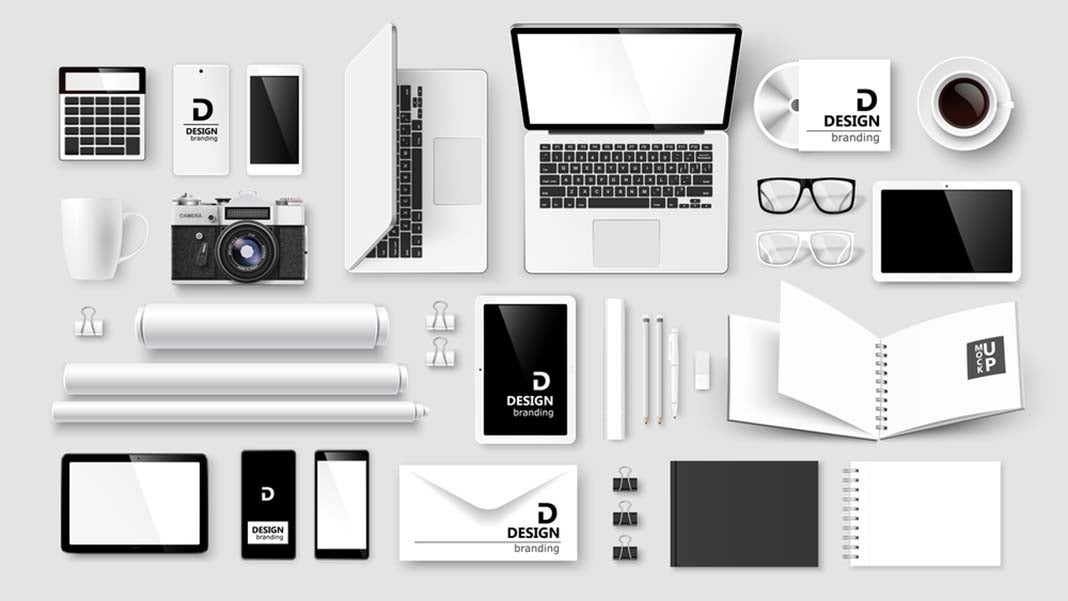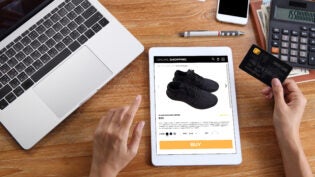
The majority of businesses have a company website, in order to promote their products or services. A website can allow your business to collect customer data, like demographics, behaviors and interests, which can then be used for effective secondary marketing campaigns.
The issue most SME businesses have when creating their website is creating a well-designed and user-friendly site. A company website needs to not only make it clear what the business offers, but also accurately represent the brand and uphold its reputation.
When a user searches for your brand online, your website will be the first point of call. The design and quality of the site should reflect the quality of your business. A poorly made website could lead to uncertainty within a potential customer, as to how reliable your services are. Below, DIY web design provider, Webeden, give 5 important tips on how you can maximize your brand identity through your web design.
1. Color scheme
When you first started your business, it is likely that you created a logo and visual brand identity. Your website should mirror this to ensure that there is a cohesive design across your brand.
Typically, a designer will use techniques such as color psychology to choose a palette that matches your company’s tone. It’s this color palette that should run throughout any of your other marketing efforts, such as ads, videos or visuals.
2. Tone of voice
The tone of voice is one of the most important aspects of a website. A tone of voice should be decided on during the creation of the initial brand identity, and be used across any and all copy published on the site.
For professional services, including accountants, law firms or insolvency practitioners, a formal tone of voice may be preferred. For retail or ecommerce businesses, a friendly and informal tone can work well.
3. Images used
Any images used should be consistent in style and concept. Stock images are often used for onsite blog posts and landing pages, however unique images work better and are completely free of any copyright issues.
4. Fonts
Choosing the right font is also an important design choice. In general, fonts that are serif, are often considered more professional and editorial, whereas fonts that are sans-serif are easy to read across all devices and appear more informal. Try to stay away from script and handwritten fonts, as they can not only be hard to read, but may also appear amateurish.
5. User Interface
The user journey of your website can also have an influence over your brand identity. If you want your business to be simple and transparent, a one page site could work well. Professional services may have a more detailed menu and user interface, to represent a detailed and information heavy service.
The website for your business is the “shop window” for your product. By creating a first impression that accurately represents your brand, you are more likely to keep customers on the site for longer and increase onsite conversions. Remember that any marketing materials, whether that is a website or social media post, should interlink with your overall brand identity. Creating consistency across all platforms helps to create a strong reputation for your business.
3518 Views














